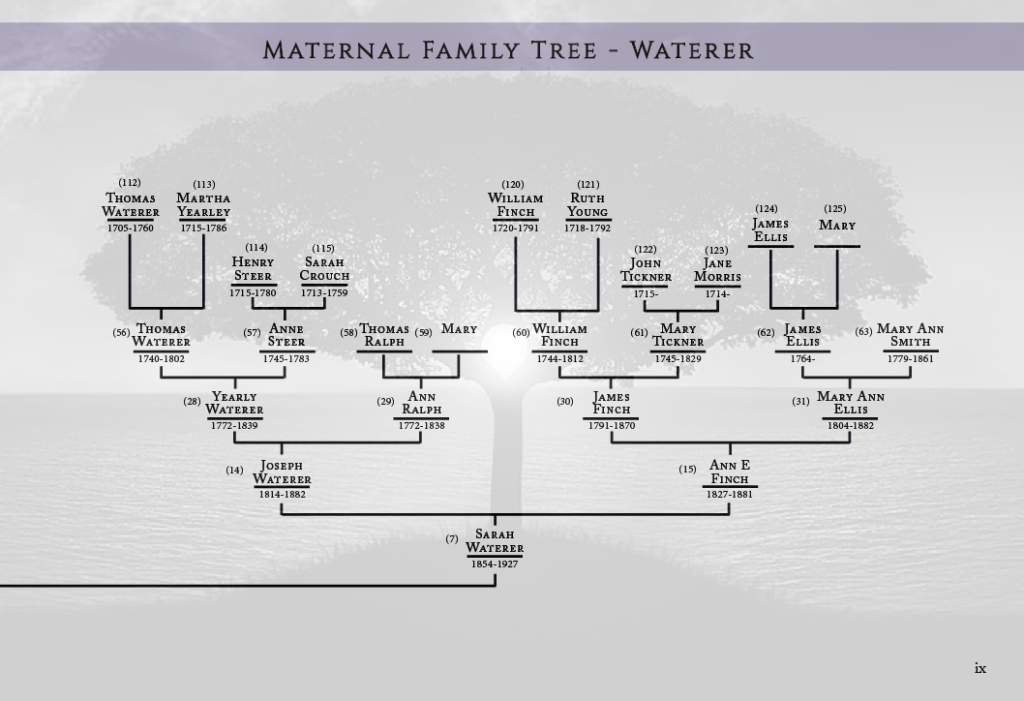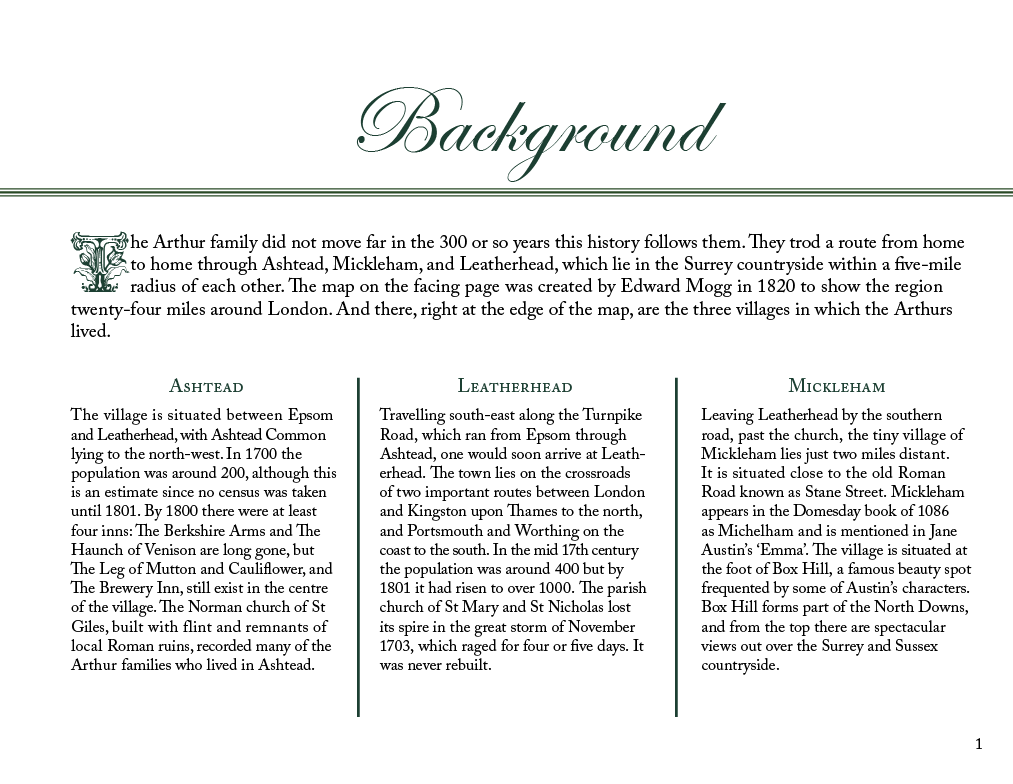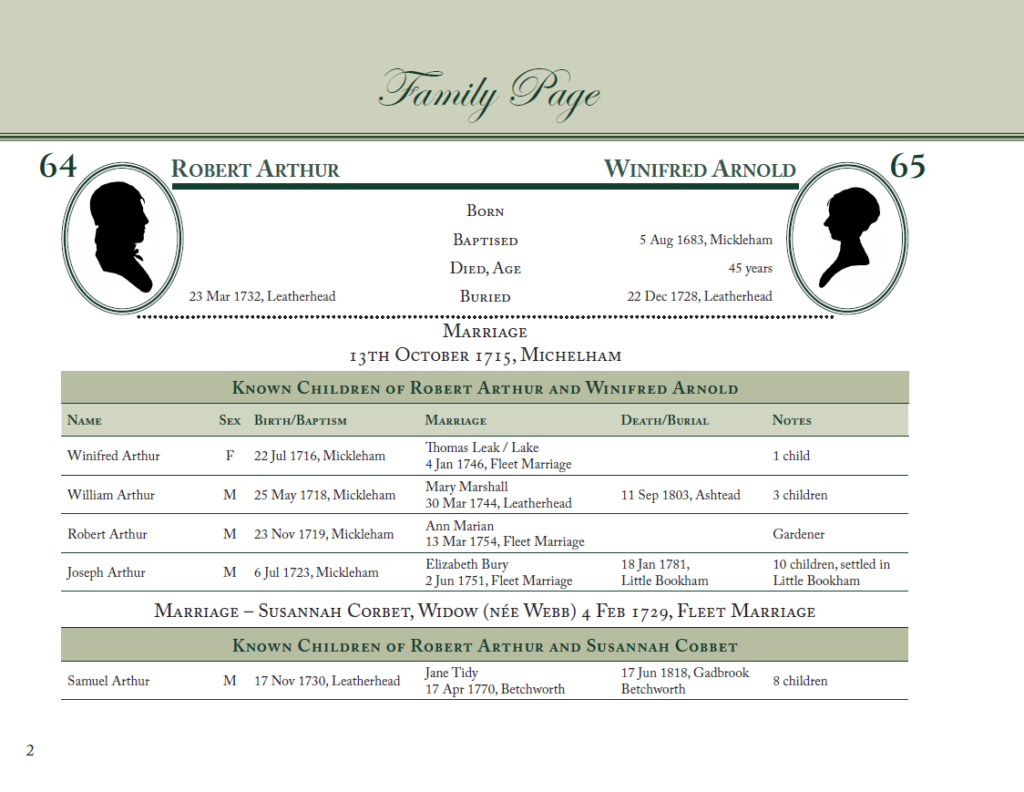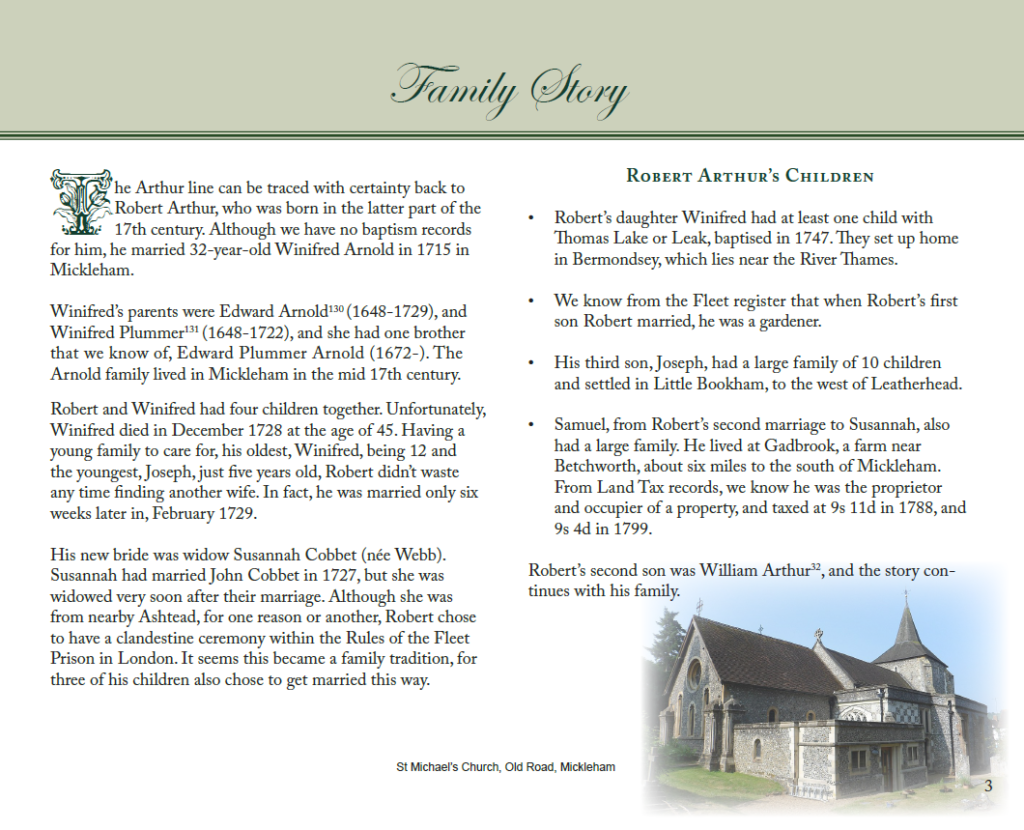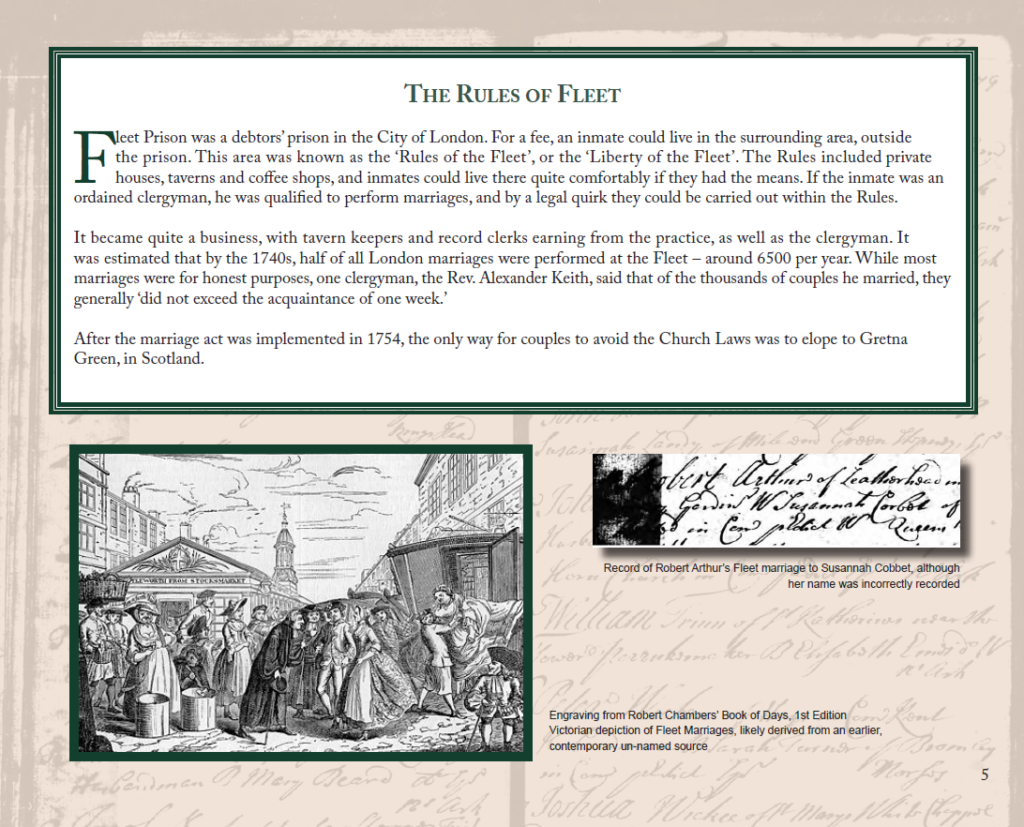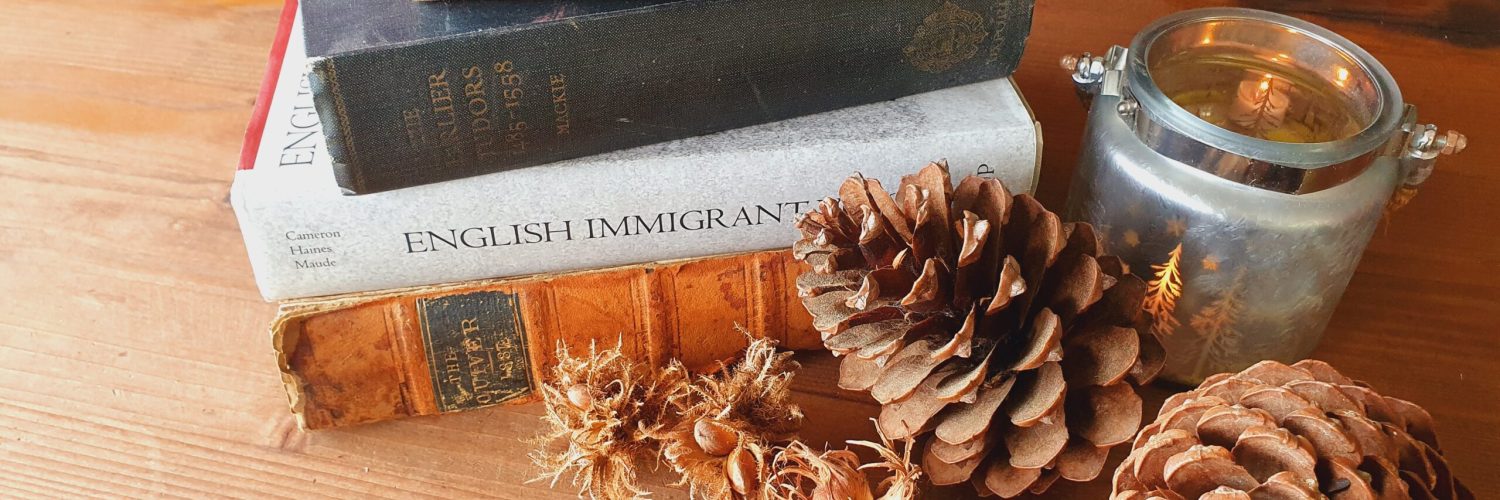

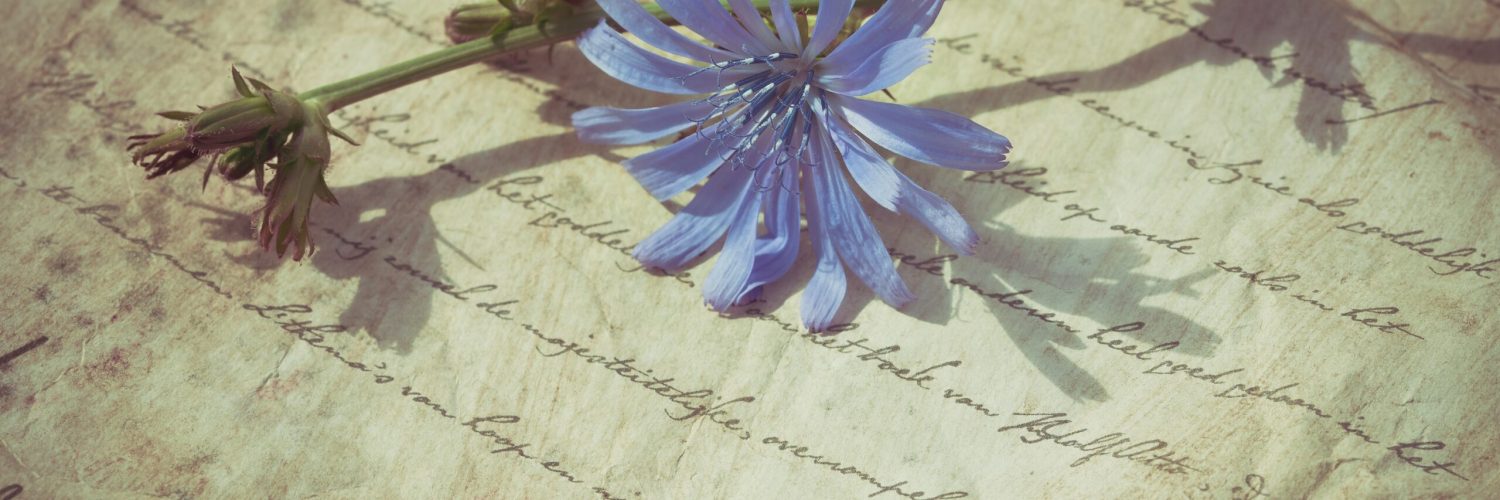
Old African Proverb: When an old man dies, a library burns to the ground.
Welcome
Hereditas Books brings history and life together by creating a unique family treasury which can be cherished for generations. Although we work closely with you, in reality the book is your creation for it contains the details of your ancestors, and the memories of your family.
Each book is really two in one.
The first part is a historical record. You choose which branch of your family you wish to follow, and we delve into their history. Research is carried out using church registers, census and voter lists, military, and court documents – any resource which reveals information about their life. Your tree is grown carefully, ensuring provenance for every ancestor along the way. Details of each family group is provided, and a historical background to their lives is woven between the pages.
When we reach living memory, this is where you become integral to the process. Through interviews and discussions, the memories you would like to be included in the book are recorded. Together with photographs, postcards, letters and other documents, everything is brought together to form a beautiful heirloom.
It’s quite amazing how much can be uncovered with a deep dive into historical records. You begin the journey with perhaps just a name, but along the way you’re likely to discover far more than you may ever have expected.
Take a dive today, and give life to your family’s heirloom. Contact
Memory is the diary we all carry about with us – Oscar Wilde
How it all began
I first became interested in genealogy long before the internet gave us easy access to records and information.
At the age of 13, for a school social studies project, my father took me to visit the church where my grandfather had been baptised. There, in the church register, we found entries for his family going back more than two hundred years. Unfortunately, a fire at the church had destroyed the older records.
We then visited the local library where we found a man with my family name had rented land to King John I, no less. Were we related? Possibly, but sadly there was no way to trace our ancestors back 750 years.
I took the list of names from the church register home and pieced together a rudimentary family tree. My curiosity had been piqued, and remained with me until the advent of online records in the late 1990s. At that time, you could only buy access to basic information. I learned the names of my great grandparents, where they lived and when they died. But information was still very sparse.
However, things changed rapidly. Nowadays, we have ancestry websites, online newspaper archives, maritime and military records, all at our fingertips. No more travelling around from country to country, church to church, visiting public record offices and local history museums.
This has enabled the study of genealogy to explode, as more and more people become fascinated by their roots.
Hereditas Books came about because I wanted to preserve our family history. Having an online family tree was wonderful, but as my father became older, he no longer had access to his computer. His memory was also fading and I realised that unless I began to record his memories, they would be lost forever. How would we be able to talk about our ancestors, as we used to, if he had no recollection of them?
I decided to put everything together in a family history book. It has turned out to be a source of endless joy. I can read grandmother’s poems to my father, show him her paintings. I remind him of uncles and aunts, of grandparents and their homes. His life before his memory left him has now been brought back. In fact, by reminding him of things which happened in his childhood, showing him photographs of people and places, and recounting the stories he once told me, it has actually helped to keep his mind active and interested in life.
A Family History Book to Treasure
As this is a truly personal book, you might like to write a dedication to explain your reasons for commissioning the work.
There are many reasons why you may choose to create a family history book. It would make a unique gift for a special anniversary or milestone birthday for example, or perhaps you are just looking to preserve your history and memories to pass on to your own children or other members of your family.
A ‘Table of Contents’ provides navigation to each part of the book, and this is followed by an introduction.
Your family history then begins with a tree.
With a name or two and some dates, we can trace one or more branches back as far as possible.
However, unless you have a ‘gateway ancestor’, i.e. one with links to the nobility or landed gentry, for which detailed records were usually well kept, it starts to become difficult to prove we are looking at the correct person the further back we go. If there was a break in record keeping, as there was during the English Civil War, for example, it can be impossible and the trail runs cold. In one village you may have several people with the same name. Which one is yours? There are often clues, and we will use these to determine whether we have the right person or not.
The numbers next to each name are part of an ahnentafel numbering system, and are optional. It does make it easier to reference ancestors when several share the same name.
Ahnentafel numbering begins with the subject as number 1. Parents are 2 and 3, father and mother respectively.
The numbering system continues through the generations, and enables easy reference to ancestors.
In the example, you can see that number 2 and 8 are both William James.
Baby naming traditions in many places in the UK was for a boy to be named after the father’s father, and a girl after the mother’s mother. Subsequent children received the names of the parents’ siblings, aunts or uncles. This often makes it easier to confirm we are looking at the right family, especially when unusual names are used, but on the other hand, we can end up with several people in the tree carrying the same name.
By numbering direct ancestors we can help remove some of this confusion.
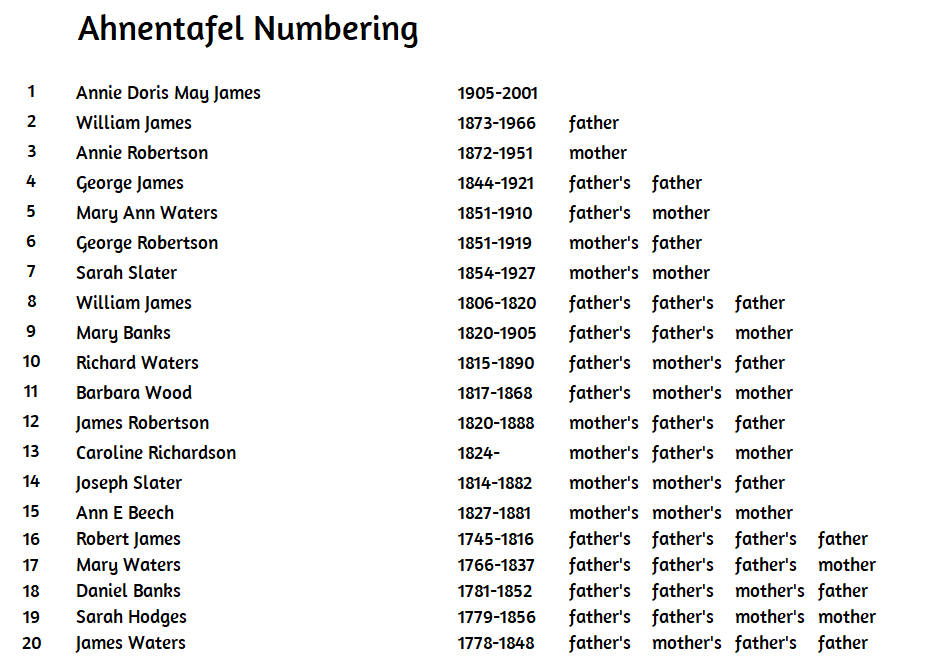
The book continues with a brief background of the region in which your ancestors lived.
They may have travelled widely in the course of their business, perhaps emigrated or even stayed within the region for several generations.
No two stories are alike, and a unique narrative will be created to summarise your ancestors’ movements and environment.
Starting with the oldest direct ancestors, a Family Page brings together information about their births, marriage and deaths.
Known children are listed, also detailing basic information.
If photographs or paintings exist, these can be put into the frames at the top of the page.
The ahnentafel reference number, if this option is chosen, is shown next to each ancestor so they can be easily found in the family tree.
After the Family Page, the Family’s Story follows.
We will piece together information from church registers, court documents, military records and newspaper articles, and use this to create their unique story.
You will learn everything there is to know about their lives. Anything we find in the archives will be included, however trivial. Sometimes, it is the smallest things which can lead us in directions which provide the greatest surprises!
After each family story page, some information about the time and place the family lived will be included.
For example, Robert Arthur, one of my ancestors, was married at the Fleet Prison. That seems rather a strange place to be married, but there is an interesting history behind it and so information about the Rules of Fleet comprises part of my family history book.
By including historical facts, about education, wars, industry etc., the way your ancestors lived really comes to life.
After all, when we look back in time, whatever was going on locally, regionally or nationally affected everyone. With these stories woven into your book it will give true understanding of where you come from and what shaped your ancestors’ world.
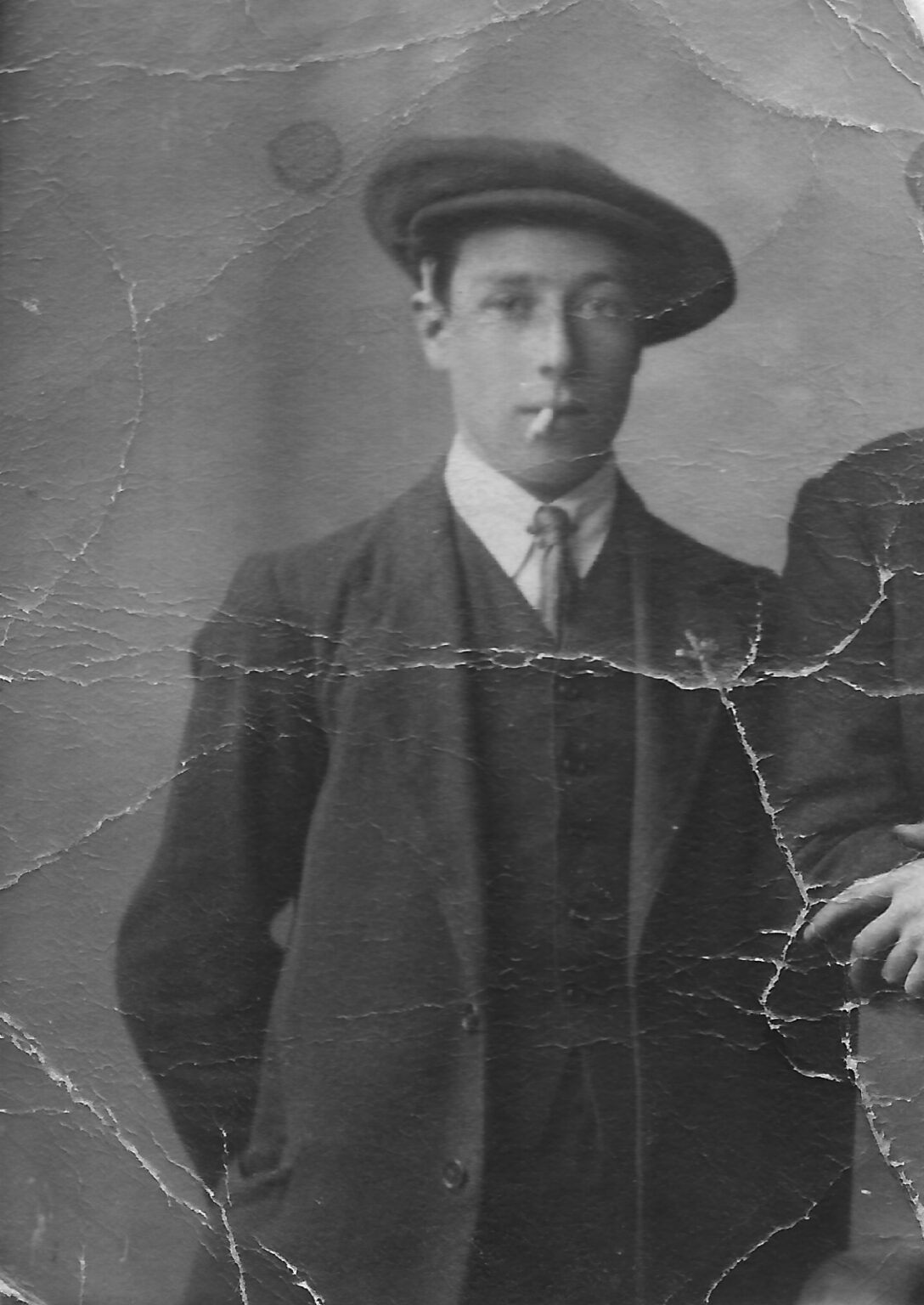
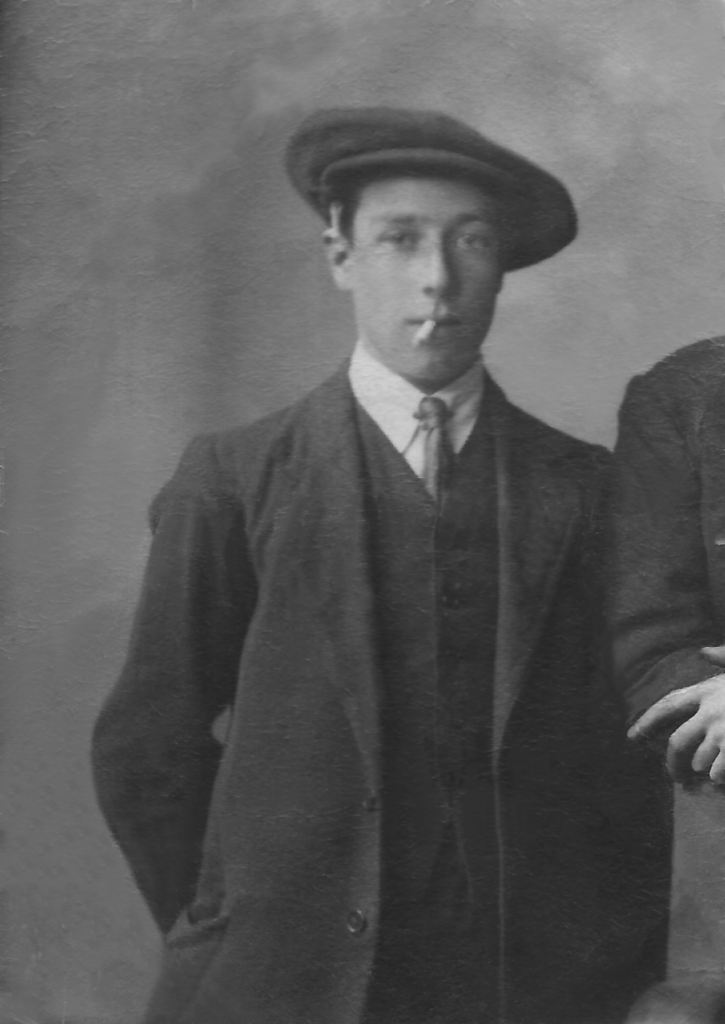
Each direct ancestor has their family page and family story, and as we approach living memory we can start to include any photographs from your collection as you wish.
Any which are torn or in bad condition can often easily be tidied up to look as good as new.
For other images, we will ensure that they are either in the public domain, or that the correct license is purchased so we are legally able to include them in your book.
The second part of the book contains living memories. Stories of your grandparents, or tales they told, recollections and anecdotes of family gatherings, holidays, outings, weddings, etc.
Anything you wish can be included here.
Perhaps you have letters or writings, paintings or sketches.
Another family tree can be included here for your descendants, if you so wish. This can be added to as children are born and grow and have families of their own.
And so your personal family history book becomes a living work.
A true living history.
The possibilities are as endless as your imagination.
Our memory is a more perfect world than the universe:
it gives back life to those who no longer exist – Guy de Maupassant
